Tbilisi botanical garden
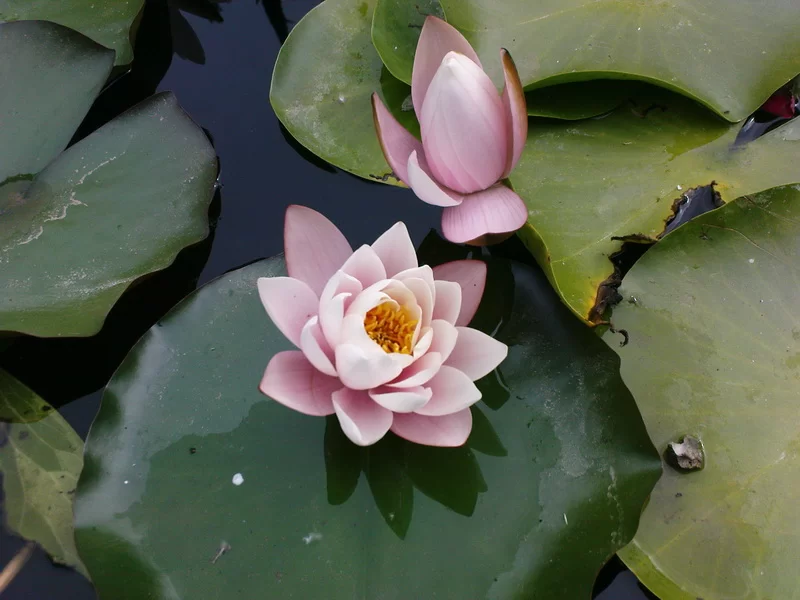
Discover the Enduring Beauty of the National Botanical Garden of Georgia in Tbilisi
Nestled in the heart of Georgia’s vibrant capital, the National Botanical Garden of Georgia, formerly known as the Royal Garden and later the Tbilisi Botanical Garden, is a verdant oasis with a history as rich and captivating as the flora it houses. Sprawling across 161 hectares in the picturesque Tsavkisis-tskali gorge, this magnificent garden is a must-visit destination for nature lovers, history enthusiasts, and anyone seeking a tranquil escape in Tbilisi.
A Journey Through More Than Three Centuries of History
The roots of the National Botanical Garden of Georgia stretch back over three centuries, with its earliest mentions painting a picture of a regal landscape. In 1671, the renowned French traveler Jean Chardin described what were then the royal gardens, believed to have been established as early as 1625. Throughout its long history, the garden has been known by various names, including the “fortress gardens” and “Seidabad gardens,” a nod to its proximity to the historic Narikala Fortress and the old Seidabad district.
The garden’s significance was further cemented by its appearance in the records of French botanist Joseph Pitton de Tournefort in 1701 and on the detailed map of Tbilisi composed by Prince Vakhushti in 1735. A devastating Persian invasion in 1795 left the gardens in ruins, but this was not the end of their story. The early 19th century saw a revival of this green sanctuary, and in 1845, it was officially established as the Tiflis Botanical Garden.
The late 19th and early 20th centuries were periods of significant growth and scientific advancement for the garden. The establishment of a floristics center in 1888 attracted numerous notable scholars who contributed to its development. Between 1896 and 1904, the garden expanded westward, and from 1932 to 1958, the grounds of a former Muslim cemetery were incorporated into its territory. Today, several of these historic graves remain, including the final resting place of the distinguished Azerbaijani writer Mirza Fatali Akhundov (1812-1878), adding a layer of multicultural history to the landscape.
A Diverse Collection of Flora and Stunning Landscapes
The National Botanical Garden of Georgia is home to an impressive collection of over 4,500 taxonomic groups, showcasing a remarkable diversity of plant life. The garden’s unique location on the southern foothills of the Sololaki Range provides a dramatic and varied terrain, creating a stunning backdrop for its botanical treasures.
Visitors can wander through lush woodlands, admire vibrant flower displays, and discover plants from various regions of the world. The garden is thoughtfully laid out, with well-maintained paths and trails that guide you through its different sections. A highlight for many is the beautiful waterfall, which cascades through the gorge and adds a refreshing and picturesque element to the landscape. The garden also features charming bridges, serene ponds, and numerous benches where you can sit and soak in the peaceful atmosphere.
Attractions and Activities for Everyone
Whether you’re an avid botanist or a casual visitor, the garden offers a range of attractions and activities to enjoy. The central entrance, located at the foothills of the iconic Narikala Fortress, provides easy access to this natural haven. For the more adventurous, a thrilling zipline experience offers a bird’s-eye view of the garden as you descend from the fortress.
The garden is also a perfect spot for a family outing or a romantic stroll. Its expansive lawns are ideal for picnics, and the diverse landscapes provide endless opportunities for photography. Throughout the year, the garden hosts various educational programs and events, making it a dynamic and engaging destination.
Plan Your Visit
The National Botanical Garden of Georgia is open to visitors year-round, with each season offering a unique perspective on its beauty.
- Opening Hours: The garden is typically open from 9:00 AM to 5:30 PM daily. It is always advisable to check the official website for the most up-to-date information on opening and closing times.
- Tickets: An admission fee is required to enter the garden, with various ticket options available for individuals, families, and students.
- Getting There: The garden’s central location makes it easily accessible. You can reach the main entrance on Botanikuri Street on foot from Tbilisi’s Old Town, by taxi, or by taking the cable car to Narikala Fortress and walking down.
A visit to the National Botanical Garden of Georgia is more than just a walk in the park; it’s an opportunity to connect with nature, delve into centuries of history, and experience the enduring charm of one of Tbilisi’s most treasured landmarks. Whether you have an hour or a whole day to spare, this enchanting garden promises a memorable and rejuvenating experience.
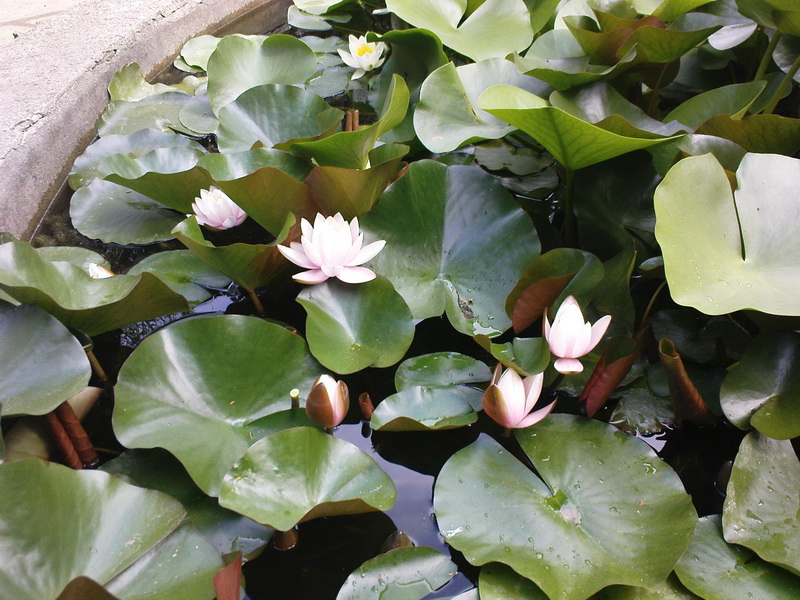
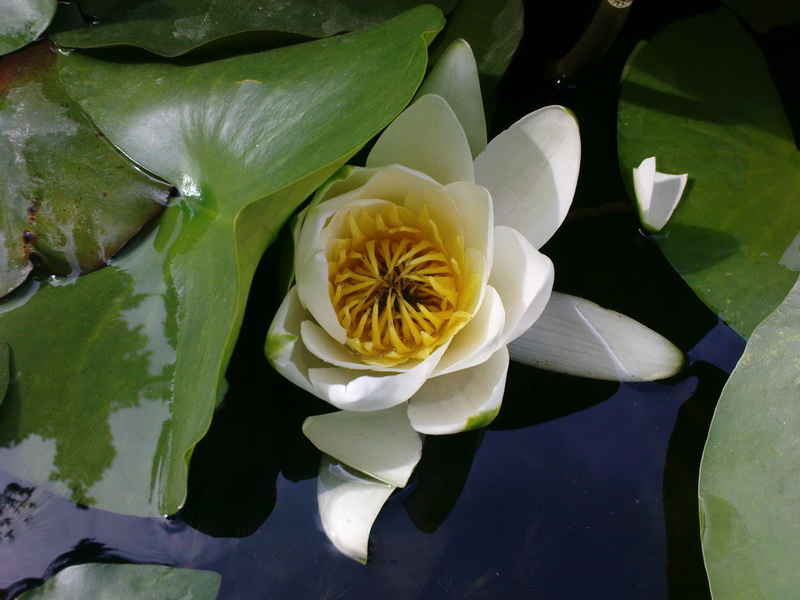

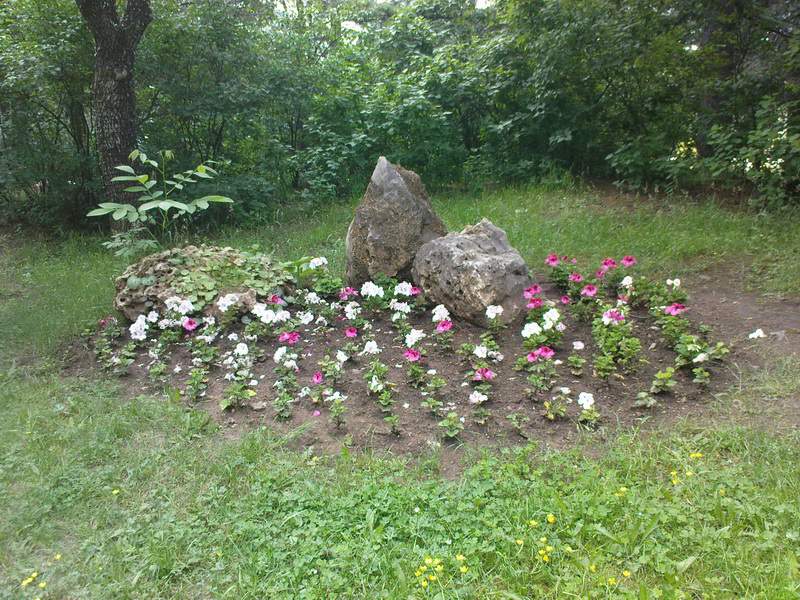

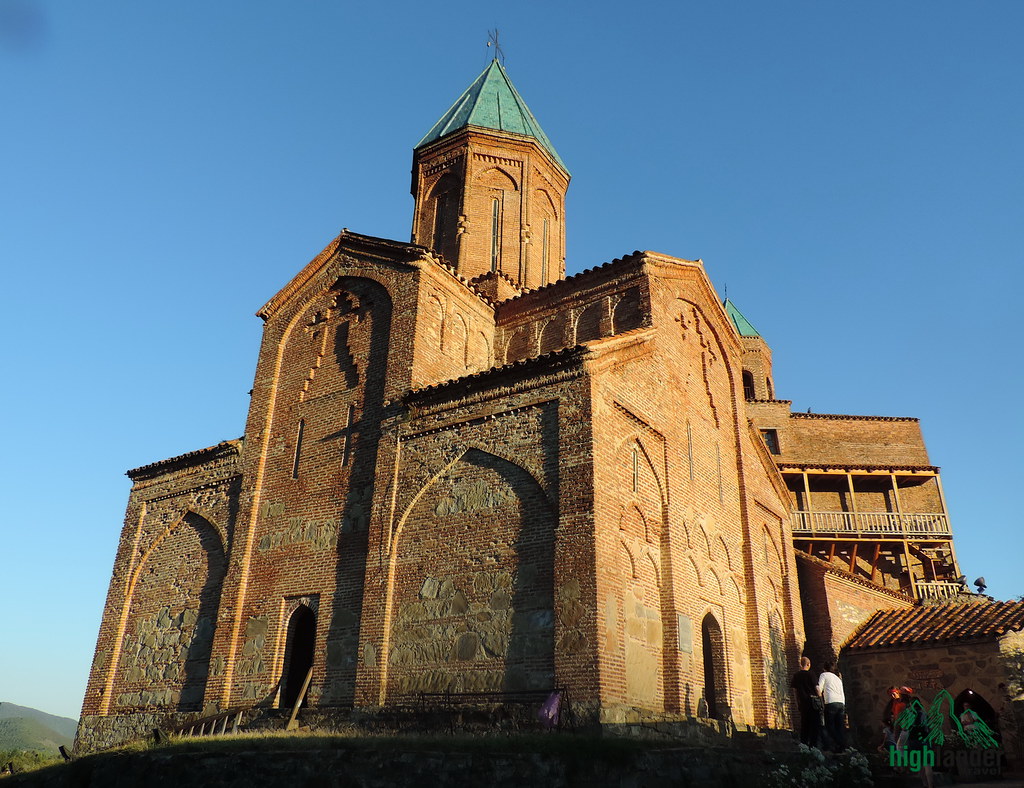
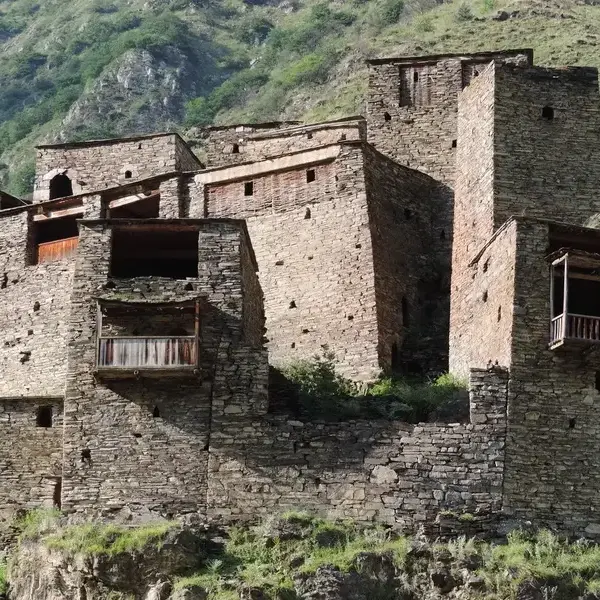
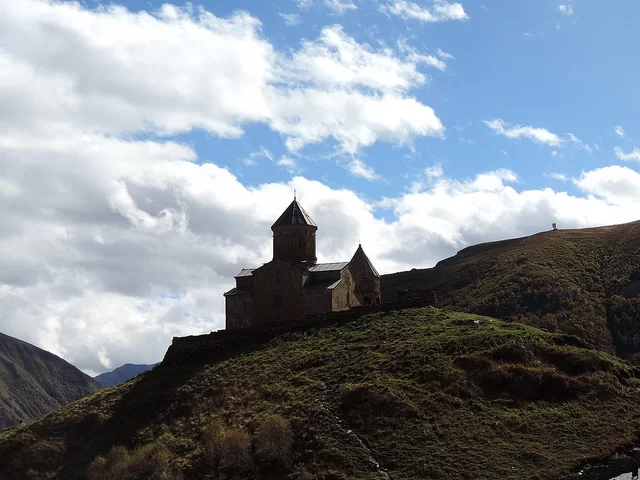
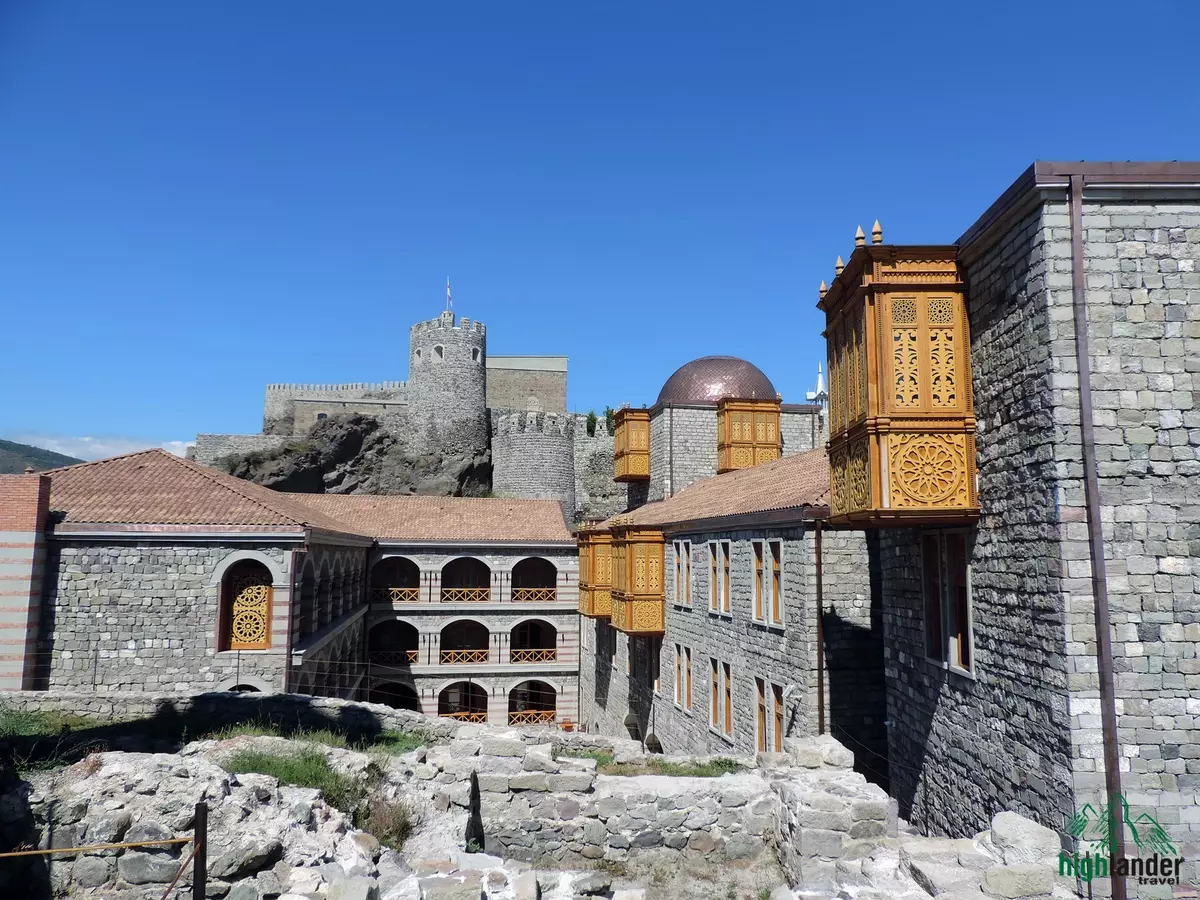
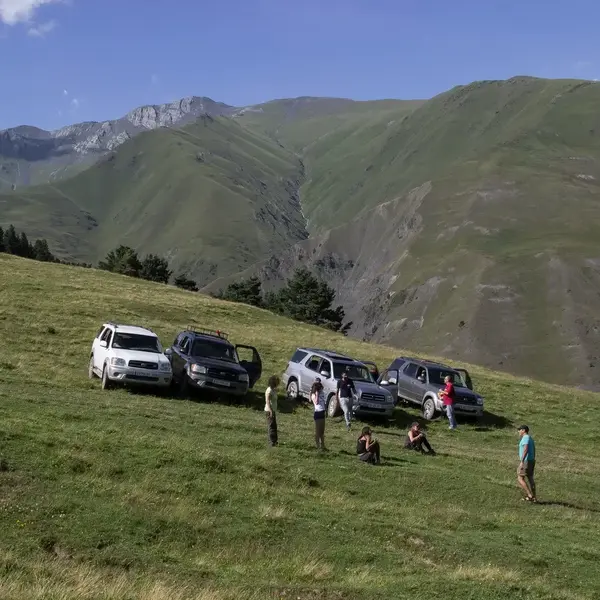
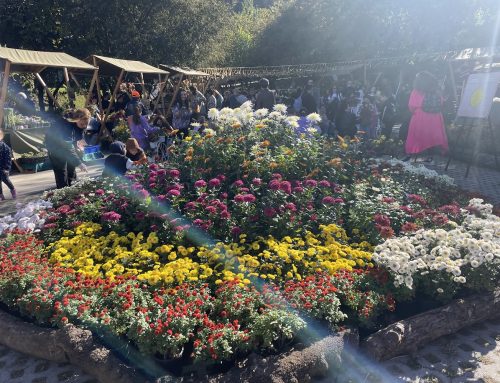
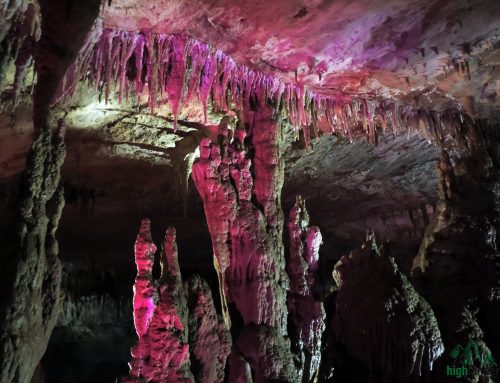

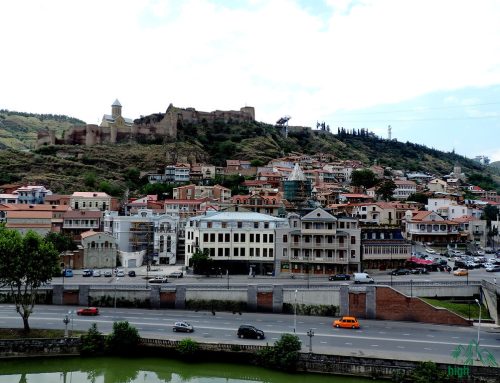



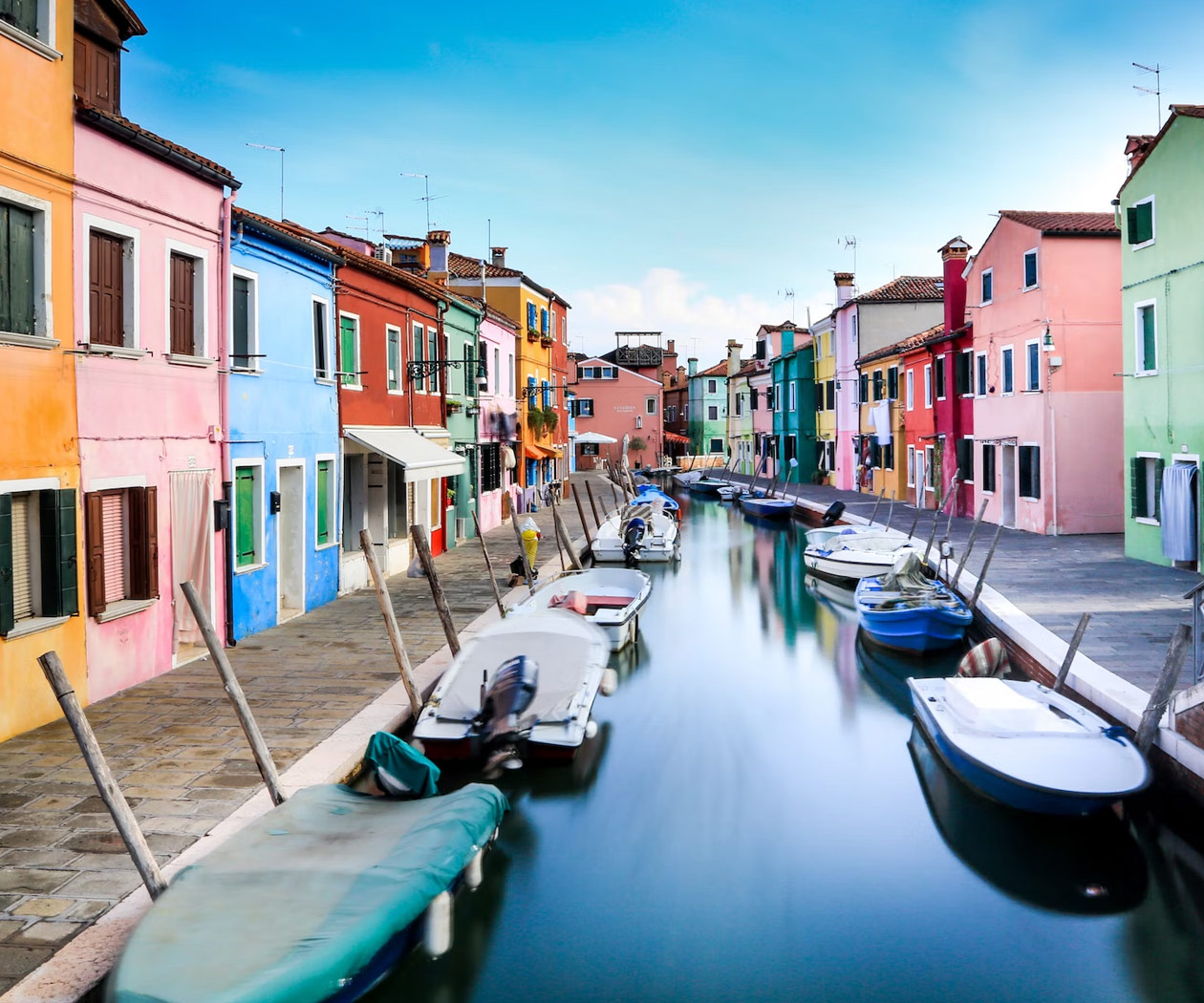
[…] your Tbilisi trip perfectly? The National Botanical Garden of Georgia is hosting its spectacular annual flower exhibition on November 1-2, showcasing the […]